
Get news, updates, & event Info delivered right to your inbox:
Most people understand the importance of trees. Trees provide us with breathable oxygen and help maintain ecosystems worldwide. Without trees, the world would be a very different place. However, when you think about trees, what comes to mind? A tall, grand trunk that leads up to a large canopy of leaves? Or do you think of fir trees with a strong scent that gets you into a festive state of mind?
Trees come in all shapes and sizes. While you probably have a specific image in your head of what makes a tree a tree, the truth is that thousands of tree species do vastly different things, and they exist worldwide — and understanding how different tree species function is an important part of understanding how forests function.
5 Tree Species You Should Know About
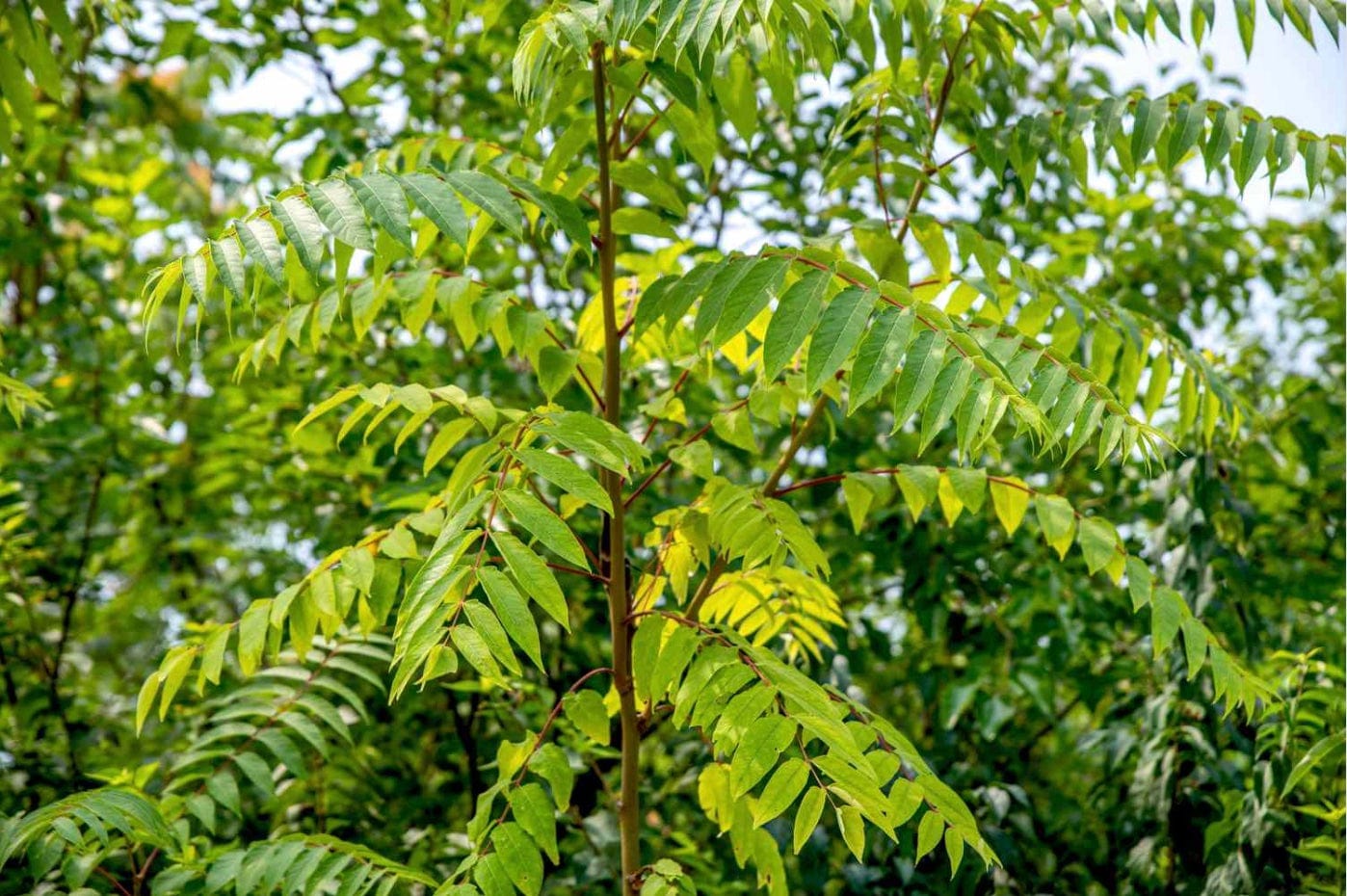
1. Tree of Heaven
When many people think of trees, they think of towering trunks and large canopies full of leaves. As a fast-growing deciduous tree that can reach up to 70 feet high, the tree of heaven fits that description very well. Originating in China, the tree of heaven quickly began to spread throughout North America.
Although the name may make the tree of heaven sound positively angelic, this tree species is actually considered invasive. Because it can reproduce quickly and can sometimes kill nearby native plants, many people view this species as a problem. In fact, the tree of heaven produces an abundant amount of seeds, usually crowding out other native plants and trees while also secreting a chemical into the soil that is toxic for plants.
Invasive species can upset the balance of native ecosystems by killing or hindering the growth of native plants near them. The tree of heaven can also affect infrastructure due to its root system. Because their roots grow aggressively, they can cause damage to pavement, sewers, and building foundations.
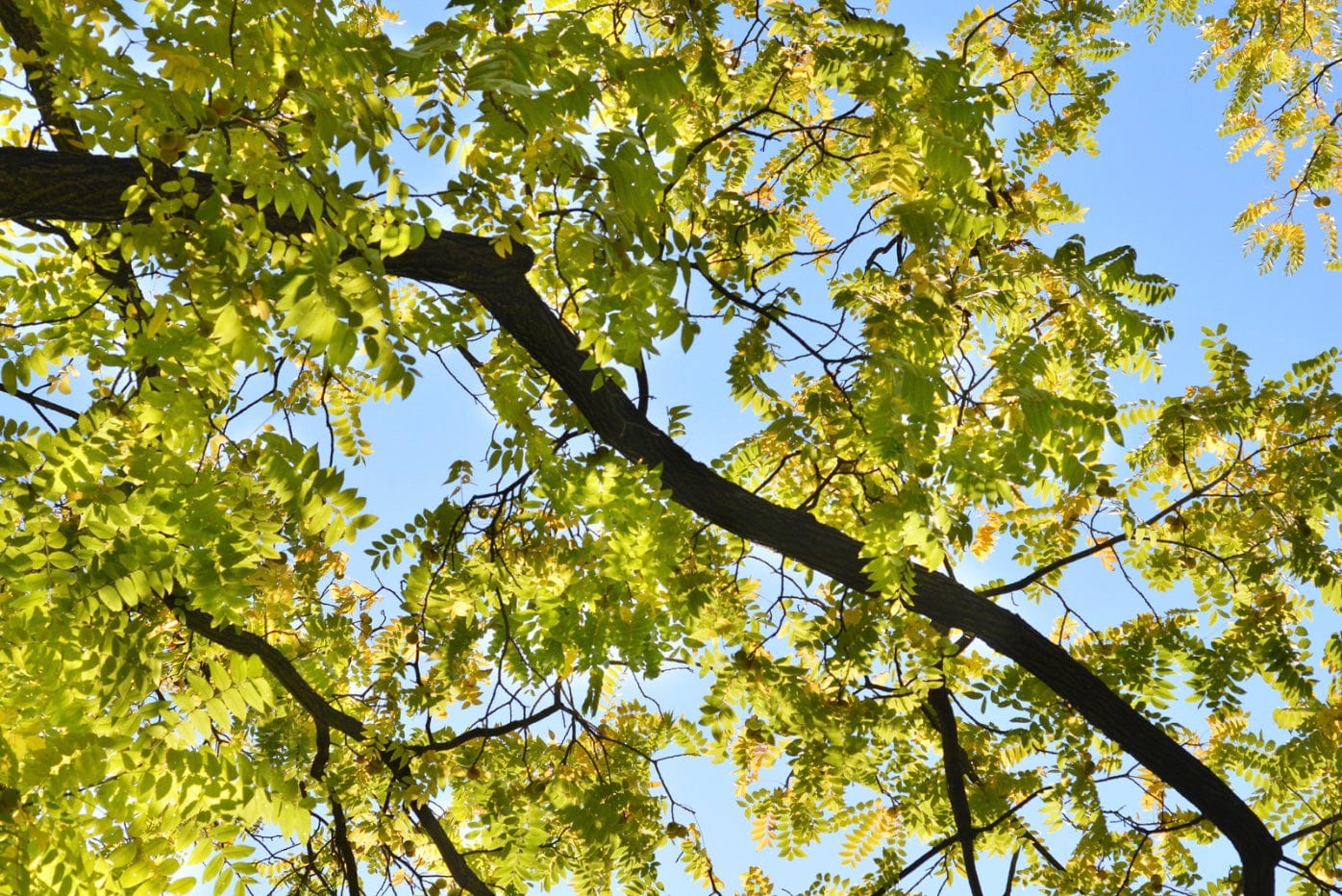
2. Eastern Black Walnut Tree
As one of North America's most valuable and beautiful trees, the eastern black walnut tree is another deciduous, towering tree that can grow up to 50 feet or more. This particular tree is quite famous for its production of edible black walnuts that can be harvested in the fall.
Even with its edible, delicious fruit, the black walnut tree is integral to many North American forests. Many species, such as woodpeckers, foxes, and squirrels, eat the walnuts that grow from the tree.
This tree is also known for the excellent shade that it provides. Many towering trees, like the black walnut tree, can help reduce temperatures with their shade. Because these trees aren't often affected by pests and diseases, they typically have a long life span — and as self-fertile trees, the wind allows them to pollinate easily.
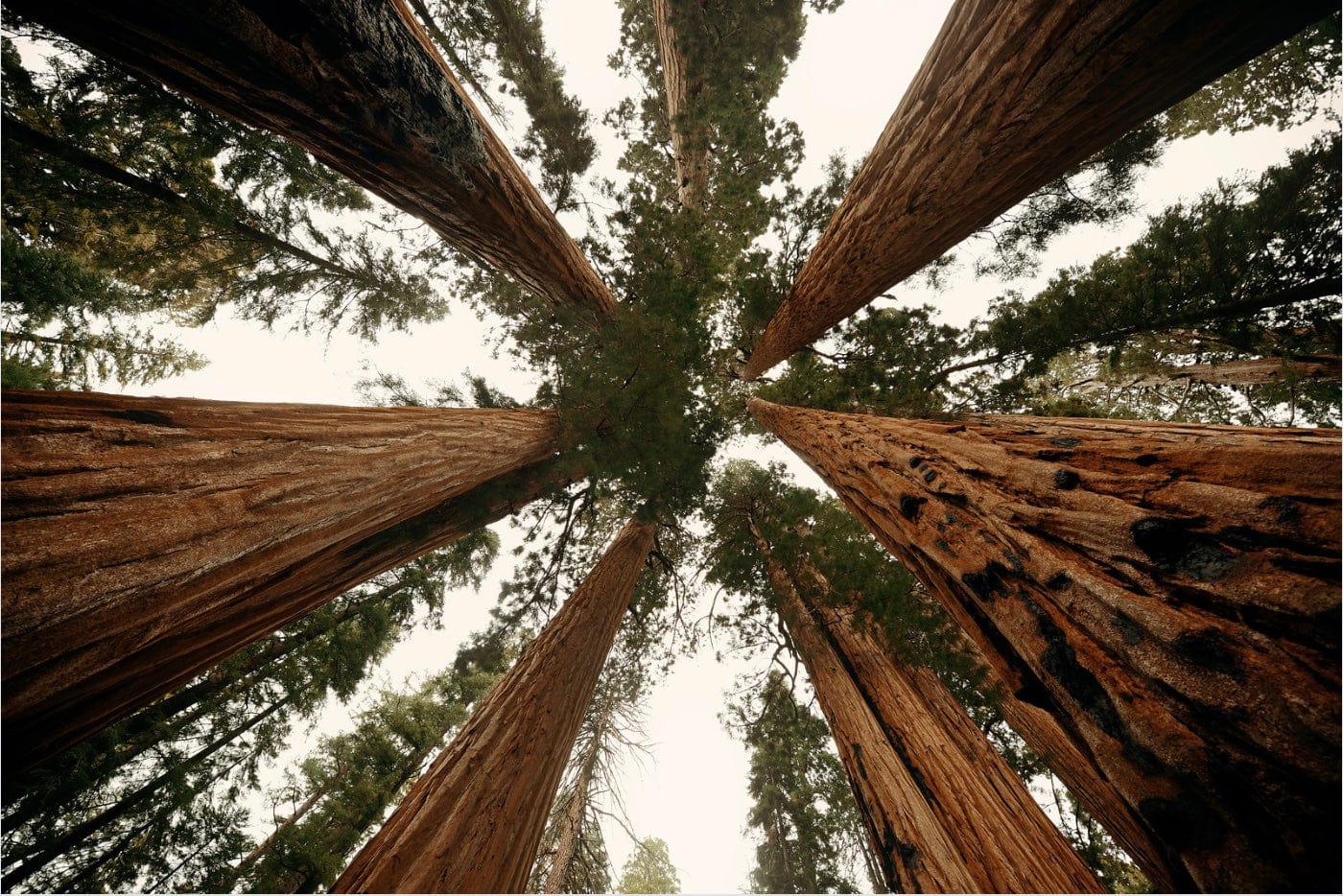
3. Giant Sequoias
The epitome of gentle giants, this tree species is among the largest in the world. Giant sequoias never stop growing, and they can reach 300 feet in height and weigh over 600 tons. These beautiful trees are also some of the oldest living organisms on the planet and are able to live for as long as 3,000 years. Some of the living giant sequoias that are alive today date back to the Roman Empire.
Sadly, there has been a steady decline in the giant sequoia population due to climate change and other impacts. There is hope for these gentle giants yet. Giant sequoias are built to withstand harsh conditions with their thick bark that protects them from forest fires, but unfortunately, fire suppression has contributed to their slow but steady decline.
Ensuring that these trees can stick around for the long haul is vital. Not only are they one of Earth's many marvels, but giant sequoias also play an important role in our ecosystems. They are home to many different species in North America and even help vital fungi in forest ecosystems.
Helping to restore giant sequoias in the face of climate change and fire suppression is crucial!
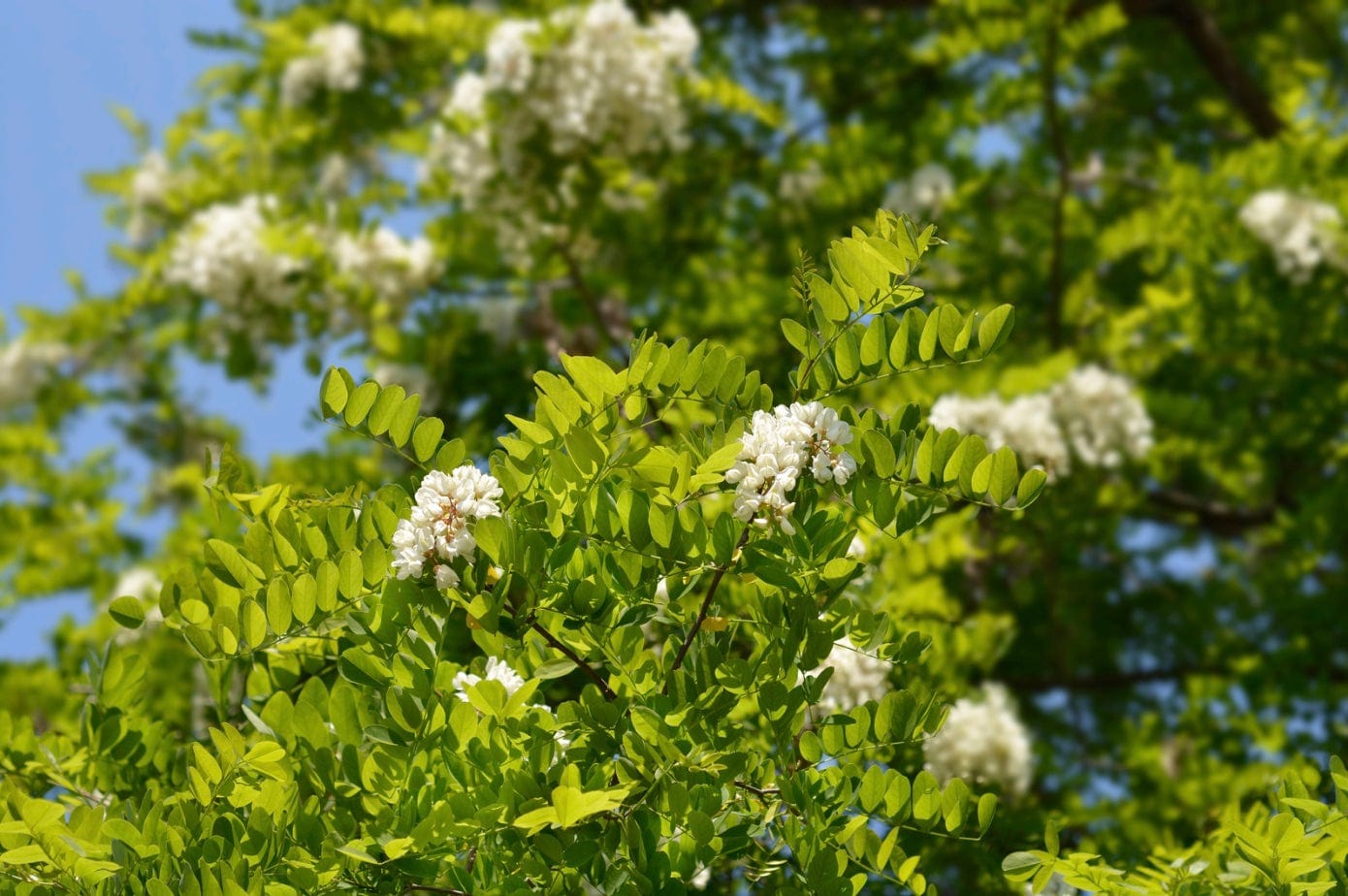
4. Black Locust
Black locusts are medium-sized trees that can grow up to 80 feet tall and have long, compound leaves. The trees produce large, drooping clusters of fragrant, white flowers in the spring. It is said that these trees originated in the Appalachian Mountain range. Still, the tree is now native across the United States, southern Canada, and even some parts of Europe and Asia.
Despite its clusters of beautiful white flowers, many consider this tree to be invasive. But properly managed, the black locust can be beneficial to farms and other maintained lands. The black locust is not a tree that can be planted and simply walked away from. Because of its rapid growth and root suckering, the black locust is best suited to managed land.
Advantageous growth aside, the black locust provides remarkable benefits when properly managed. This locust tree has nitrogen-fixing bacteria in its roots, enabling it to grow vigorously in poor soil. The white cluster of flowers is an important food source for honeybees, which are vital for pollination.
Although the black locust tree has been misunderstood throughout the years, it is an incredibly important and impactful tree species.
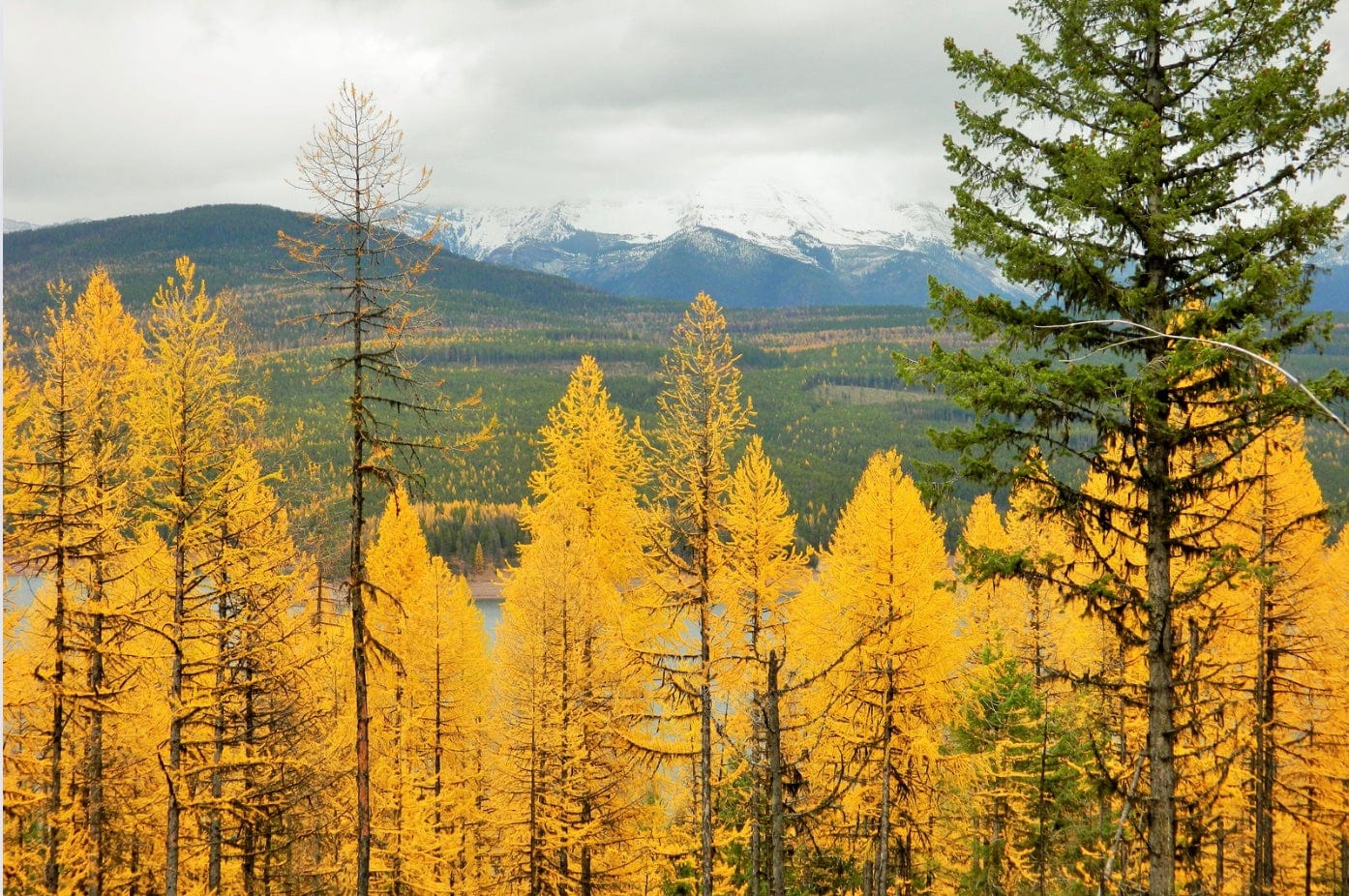
5. Larch Tree
Larch trees are deciduous conifers, but they differ greatly from their fellow conifers in one way. Like most conifer trees, larch trees thrive in colder climates, but unlike them, larch trees drop their needles during the colder months, regrowing them in the springtime. This makes larch trees unique amongst their conifer counterparts.
The telltale sign of a larch tree is its yellow-golden needles in autumn. Because they shed their needles annually, larch trees tend to be hardier than conifer trees. These trees are also home to many different species throughout the forest, including red squirrels and caterpillars.
With 11 species of larch trees around the world, not only are these trees beautiful, but they also play an essential role in global ecosystems.
Learning about the different types of trees can help us understand how vital reforestation and restoration are. You can help make an impact in reforestation by planting trees today!
Get news, updates, & event Info delivered right to your inbox:
Related Posts
The 9 Oldest, Tallest, and Biggest Trees in the World
11/12/2025 by One Tree Planted
Winter and Trees: How Do Trees Survive Winter?
09/12/2025 by One Tree Planted
Why Trees Are Great Holiday Gifts
04/12/2025 by Meaghan Weeden
Popular On One Tree Planted
The 9 Oldest, Tallest, and Biggest Trees in the World
11/12/2025 by One Tree Planted
What Causes Deforestation?
10/07/2025 by Meaghan Weeden
8 Amazing Bamboo Facts
14/01/2025 by Meaghan Weeden
Fundraising Disclosures

Be Part of the
Restoration Movement
The Grove is more than just a monthly giving program: it's a vibrant community of individuals who are dedicated to reforestation and environmental restoration on a global scale.
As a member of The Grove, you affirm your commitment to restoring forests, nurturing biodiversity, and fostering positive global change.




